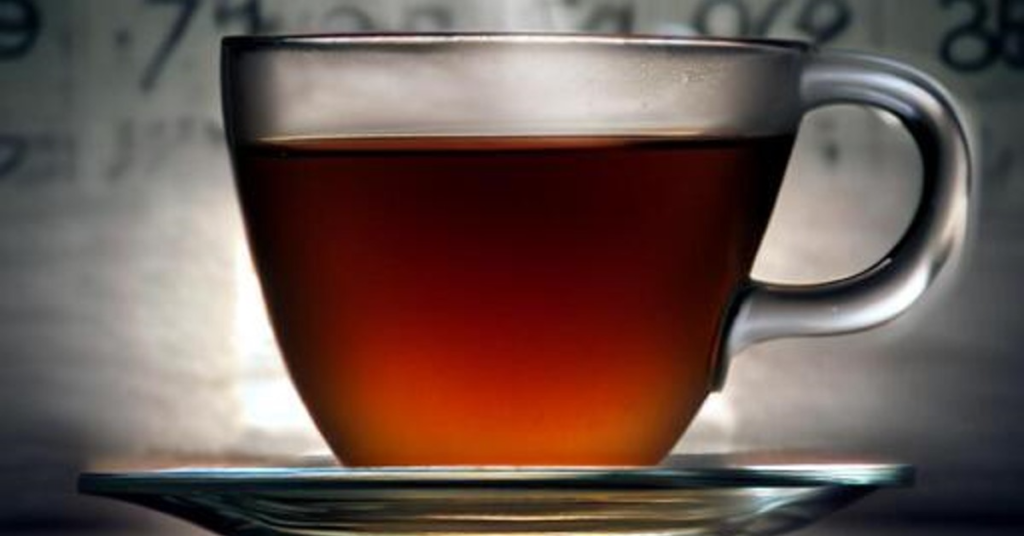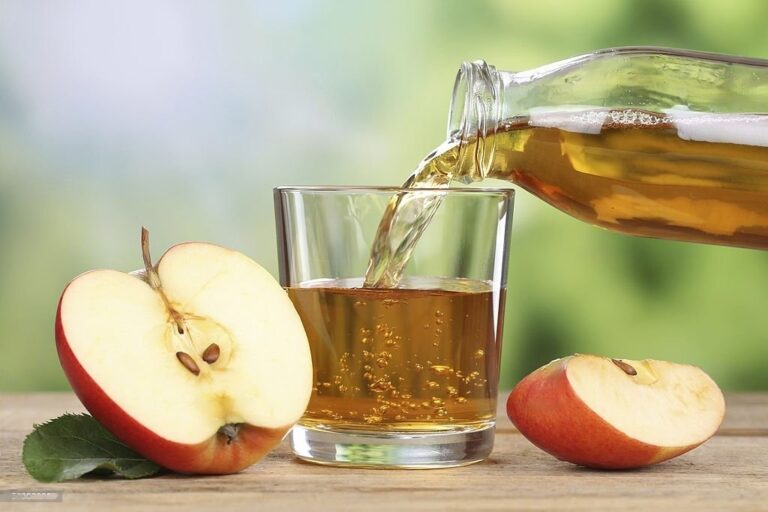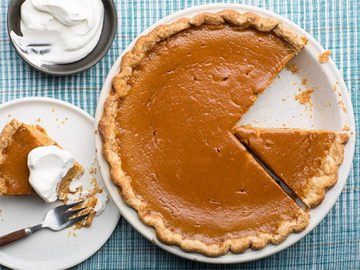A QUICK GLANCE…
Tea, in its dry form, typically lasts around 1 to 2 years when stored properly in an airtight container, away from heat, light, and moisture. The “best by” date on the packaging can be used as a general guideline. However, the flavor and potency of the tea may begin to diminish over time, even before it technically expires. If the tea has been brewed, it should ideally be consumed within a few hours for the best taste, although it can last up to 5 days in the refrigerator before the risk of microbial growth becomes significant. But, remember that the taste may change and not be as fresh after the first few hours.

As avid tea drinkers, we often find ourselves with a surplus of tea bags or loose leaf tea that we forget about. When we finally come back to it, we’re left wondering if it’s still safe to consume. The question arises: how long does tea last?
The answer isn’t straightforward as there are several factors that affect the lifespan of tea. From the type of tea to the storage techniques, it’s important to understand how to properly store and consume tea to ensure its freshness and taste.
In this article, we’ll explore the different factors that affect tea shelf life, how to understand tea expiration dates, proper storage techniques, signs that your tea has gone bad, and ways to maximize the lifespan of your tea. So let’s dive in!
Factors That Affect Tea Shelf Life
You’ll want to keep in mind a few factors that can impact how fresh your tea stays over time.
One major factor is tea freshness at the time of purchase. If you buy tea that’s already old and stale, it won’t last as long as a fresh batch.
Another key factor is how the tea is packaged. If it’s not stored properly, it can quickly lose its flavor and aroma.
When it comes to tea freshness, it’s important to pay attention to the packaging. Tea bags, for example, tend to have a shorter shelf life than loose leaf tea because they’re exposed to more air and light.
Additionally, if you buy tea in bulk, make sure to store it in an airtight container away from direct sunlight or heat sources.
Lastly, the type of tea you’re dealing with can also impact its shelf life. Black tea, for example, tends to last longer than green or white tea due to its stronger flavor profile. Similarly, herbal teas and blends that contain a mix of ingredients may not last as long as single-origin teas.
By keeping these factors in mind, you can help ensure that your tea stays fresh and delicious for as long as possible.
Understanding Tea Expiration Dates
It’s important to keep track of expiration dates for tea to avoid any unpleasant surprises. Understanding tea expiration dates is crucial in keeping your tea fresh and flavorful.
Generally, tea can last up to two years if stored properly. However, factors such as tea packaging and brewing tips can affect the shelf life of your tea.
Tea packaging plays a big role in the lifespan of your tea. Loose leaf teas have a longer shelf life than tea bags because they are less processed and retain more of their natural oils. Tea bags, on the other hand, have a shorter shelf life because they are exposed to air, which causes oxidation. Additionally, tea bags may contain additives or preservatives that can shorten their shelf life.
It’s important to check the expiration date on the tea packaging to ensure that you’re drinking fresh tea. Brewing tips can also affect the shelf life of your tea. Over-brewing or using water that is too hot can cause tea to become bitter and lose its flavor. This can make it seem like the tea is expired when it’s actually just been brewed improperly.
To ensure that your tea lasts as long as possible, follow brewing instructions carefully and use water that is at the correct temperature. By understanding tea expiration dates and following proper brewing tips, you can ensure that your tea stays fresh and delicious.
Proper Tea Storage Techniques
To keep your favorite beverage fresh and tasty, it’s crucial to know how to properly store it. When it comes to tea, the right storage techniques can make a huge difference in its flavor and quality.
To start, it’s important to use tea storage containers that are airtight and opaque. This prevents exposure to light and air, which can cause tea to degrade and lose its flavor.
In addition to using the right container, it’s also crucial to store tea at the ideal temperature. High temperatures can cause tea to spoil quickly, while excessively low temperatures can cause it to lose its flavor. As a general rule, it’s best to store tea between 60 and 80 degrees Fahrenheit. This temperature range helps to preserve the tea’s flavor and aroma, while also preventing it from spoiling.
Finally, it’s important to keep tea away from strong odors and flavors. Tea can easily absorb the scents and flavors of nearby foods and spices, which can impact its taste and aroma. To prevent this, we recommend storing tea in a separate area of the kitchen, away from other foods and spices.
With these simple storage techniques, you can ensure that your tea stays fresh and flavorful for as long as possible.
Signs Your Tea Has Gone Bad
Are you wondering if your favorite cup of tea has gone bad? Here are some tell-tale signs to look out for to ensure that you’re always enjoying the freshest and most flavorful cup of tea possible.
Firstly, keep an eye on the color of your tea. If it changes from its original color, it may indicate that your tea has gone bad. For example, if your green tea has turned brown or your black tea has turned red, it may be a sign that your tea is no longer fresh.
Secondly, if your tea has an unusual smell, it may be a sign that your tea has gone bad. If it smells stale or musty, it is likely that your tea is no longer fresh. In addition, if your tea has a sour or rancid smell, it may be a sign that it has gone bad and is no longer safe to drink.
Finally, if you notice any mold or other visible signs of spoilage in your tea, it is best to discard it immediately. Mold is a sign that bacteria has grown in your tea, which can be harmful to your health.
To avoid this, always store your tea properly and use it before its expiration date. By following these simple tips, you can ensure that your tea is always fresh and delicious.
To summarize, here are some signs that your tea has gone bad:
- Color changes from its original color
- Unusual smells such as stale, musty, sour, or rancid
- Visible signs of spoilage such as mold
- Passed its expiration date
By being aware of these signs, you can enjoy your favorite cup of tea without worrying about its freshness. Remember to always practice proper tea storage techniques to ensure that you get the most out of your tea.
Maximizing the Lifespan of Your Tea
If you’re a tea lover, you know how important it is to keep your tea fresh and flavorful. Luckily, there are several tea preservation methods that can help extend the lifespan of your tea.
One of the most effective ways to keep your tea fresh is to store it in an airtight container. This will help prevent moisture and air from getting in, which can cause your tea to go stale.
Another important tip for maximizing the lifespan of your tea is to keep it away from light and heat. Exposure to these elements can cause your tea to lose its flavor and aroma. So, it’s best to store your tea in a cool, dark place, like a pantry or cabinet.
If you’re buying tea in bulk, consider dividing it into smaller portions and storing them separately to avoid exposing your entire supply to light and heat.
Finally, be sure to use your tea before its expiration date. While tea can last for several months or even years if stored properly, it will eventually go bad. To get the most out of your tea, try to use it within six months to a year of purchase.
By following these tea preservation methods, you can enjoy fresh, flavorful tea for months to come.
Conclusion
Overall, understanding the factors that affect tea shelf life, the importance of expiration dates, proper storage techniques, and signs of a tea gone bad can help you maximize the lifespan of your tea.
Whether you’re a tea enthusiast or occasional drinker, it’s important to take care of your tea to ensure it remains fresh and flavorful for as long as possible.
By following these tips and tricks, you can ensure that your tea remains fresh and enjoyable for as long as possible.
So brew a cup of your favorite tea, sit back, and enjoy knowing that you’re taking the necessary steps to keep your tea at its best.
Cheers to a delicious cup of tea!




